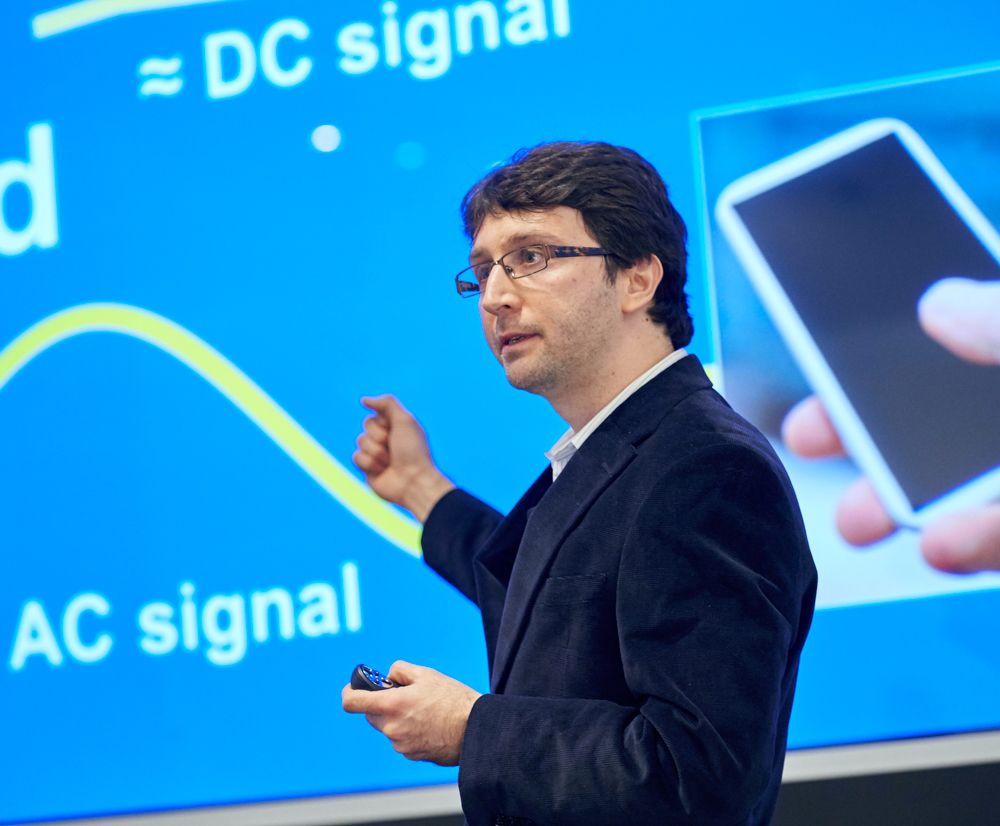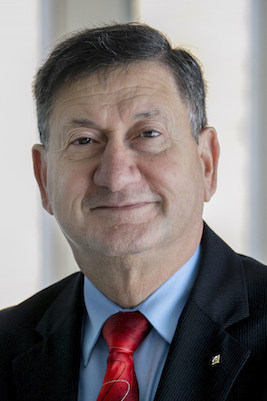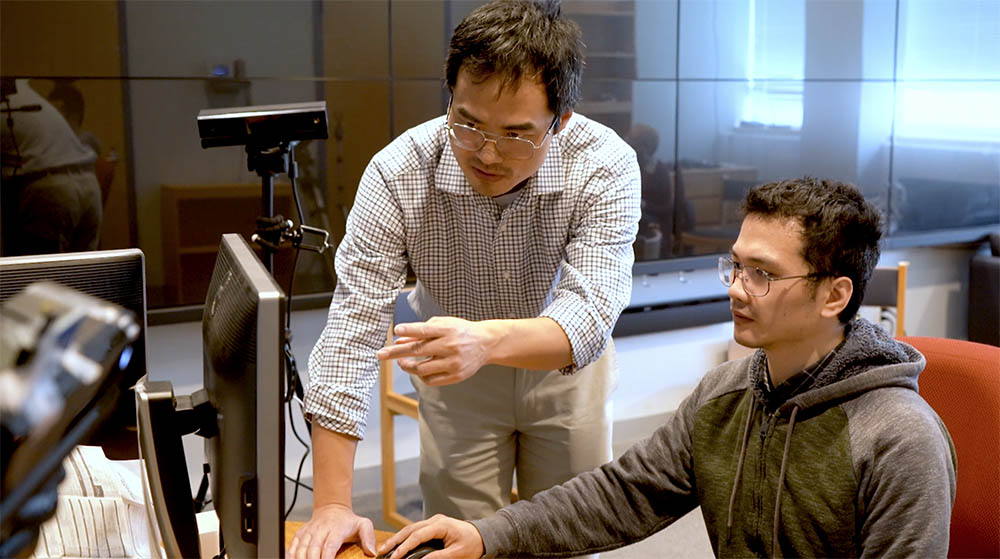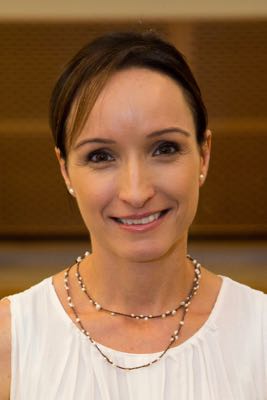Research
Department Research Overview
- Research Interests
- Research Labs
- What Does Research Mean to Me? (Our Faculty Speak)
- Machine Learning and ECE: Made for Each Other
- Patents and the ECE Department
- Office of Technology Licensing & Industry Relations Innovation Website
Featured Research Papers
- Federated Bandit
- Combining Two Computer Performance Laws
- Cost-Aware Reinforcement Learning
- Paving the Way to Infrared Beam Steering with CMOS Circuits
- Autonomous Conflict Resolution for Smart City Services
- Novel Wireless Communication Technology for Networking on the Fly
Research Highlights
Prof. Yue Zhao: Making Renewable Energy Practical!
 |
| Prof. Yue Zhao |
Renewable energy fascinates Professor Yue Zhao of the department of Electrical and
Computer Engineering at Stony Brook University. Renewable energy plays a crucial role
in fighting climate change, one of the most pressing issues of our time and working
in this field allows him to contribute directly to reducing carbon emissions and promoting
a sustainable future.
The technology behind renewable energy is becoming increasingly mature and practical.
Decades of innovations have transformed it from a niche area into a broadly viable
and competitive alternative to traditional energy sources. This ongoing evolution
keeps the field dynamic and full of opportunities for ground breaking research and
development.
Prof. Shan Lin: Empowering Systems with AI!
 |
| Prof. Shan Lin |
Prof. Shan Lin envisions a future where pervasive intelligence permeates every facet of our society, transforming everything from individual medical devices in our homes to large-scale, coordinated electrical public transportation systems that we rely on.
In pursuit of this vision, Prof. Lin’s research recognizes the intrinsic value within the signals and data generated by modern systems and their users. His research methodology centers around transforming this data into actionable intelligence and integrating this intelligence to develop Cyber-Physical Systems with novel functionalities. Cyber–Physical Systems are integrations of computation with physical processes. Examples of Cyber–Physical Systems include autonomous vehicles, medical devices, smart grids, etc.
Prof. Peng Zhang: Variational Quantum Universal Eigensolver
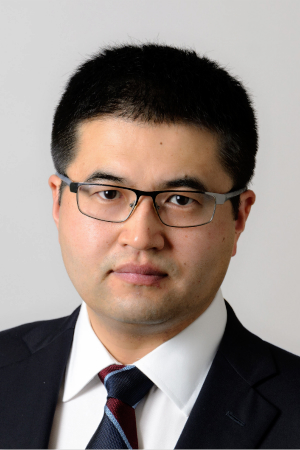 |
| Prof. Peng Zhang |
In a remarkable advancement within the field of quantum computing, Prof. Peng Zhang has pioneered the Universal Variational Quantum Eigensolver (VQUE) for Non-Hermitian Systems. Traditionally, quantum algorithms have focused on Hermitian matrices, which are well-suited to the capabilities of quantum computers. However, the VQUE algorithm breaks new ground by extending these capabilities to the domain of non-Hermitian matrices.
Non-Hermitian matrices are prevalent in various scientific and engineering disciplines, notably in the analysis of power systems, where they play a critical role in understanding system dynamics and stability. The VQUE algorithm extending its utility to a wider range of problems. This development contributes to the evolving landscape of quantum algorithms, offering new opportunities for practical applications.
Prof. Dmitri Donetski: Infrared Imaging, LIDAR and X-ray Beam Position Monitoring for Synchrotron Light Sources
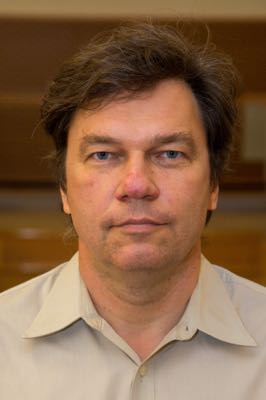 |
| Prof. Dmitri Donetski |
Dmitri’s interests revolve around the development of novel semiconductor structures for quantum photon detection and integrated systems for remote sensing and imaging. Spectral responses of designed sensors vary from long wave infrared (LWIR) to soft x-ray ranges. These III-V compound semiconductor structures are grown in-house by Gela Kipshidze with the Molecular Beam Epitaxy (MBE) system maintained by the Optoelectronics Group. Semiconductor wafers are processed into devices and tested by students. The research is performed in three directions: photon detectors for imaging in LWIR, beam steering devices for LIDAR (optical radar) and photodetector arrays for soft X-ray beam position monitoring.
Prof. Sergey Suchalkin: Methane Sensors, Lasers and Quantum Devices
 |
| Prof. Sergey Suchalkin |
Semiconductor devices are the foundation of our technological civilization. New and novel materials and devices enable the increasing progress we all witness. The Stony Brook Electrical and Computer Engineering Optoelectronics Group works in this exciting area. One of its faculty members, Prof. Sergey Suchalkin, works on material and devices that can be used in chemical sensing systems, namely in low-cost rugged methane sensors, rapidly tunable lasers that can be used in high accuracy chemical sensors and free space optical FM communication systems. He also works on new semiconductor nano-materials with high sensitivity to the external magnetic field, which is expressed in a huge electron g-factor of 104 which is 50 times more than the free electron g-factor, which can be used as new platform for quantum information processing.
Hesse-Spellman Forms New Research Alliance For Power Electronics Packaging
 |
| Prof. Fang Luo |
Hesse Mechatronics and the Spellman High Voltage Power Electronics Lab at Stony Brook University have formed a new research alliance for high performance power electronics module packaging through a no-cost loaner program including a Hesse BJ 653 wirebonder and a Hesse Smart Welder SW1185.
Advanced power modules provide the bridge between the power devices and their applications, as the module design has a strong impact on the semiconductor’s real-world in-circuit performances. With the support from Hesse, the Spellman High Voltage Power Electronics Lab can provide full capability for advanced packaging solutions, from design to validation, to advanced Wide Bandgap (SiC/GaN) and Ultra-Wide Bandgap (Ga2O3 and Diamond) Power electronics systems.
Controlling Autonomous Agents
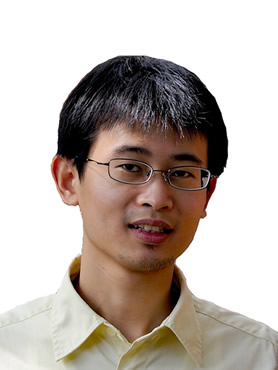 |
| Prof. Ji Liu |
Autonomous agents are computational systems that can act independently and cooperate with other agents. In many real network applications, teams of autonomous agents with limited communication and observation capabilities must process massive amounts of heterogeneous, streaming data while simultaneously seeking (near-)optimal decision-making sequences in line with the team’s overall goals. To fulfill this need, Prof. Ji Liu and his students are working on a research project that aims to develop a theoretical framework, computational models, and scientific software tools needed to design, analyze, and test robust, resilient, communication-efficient, distributed reinforcement learning (RL) algorithms that will enable teams of agents to reliably and efficiently achieve their goals.
Researcher on Future Power Technology joins ECE Dept.: Prof. Yifan Zhou
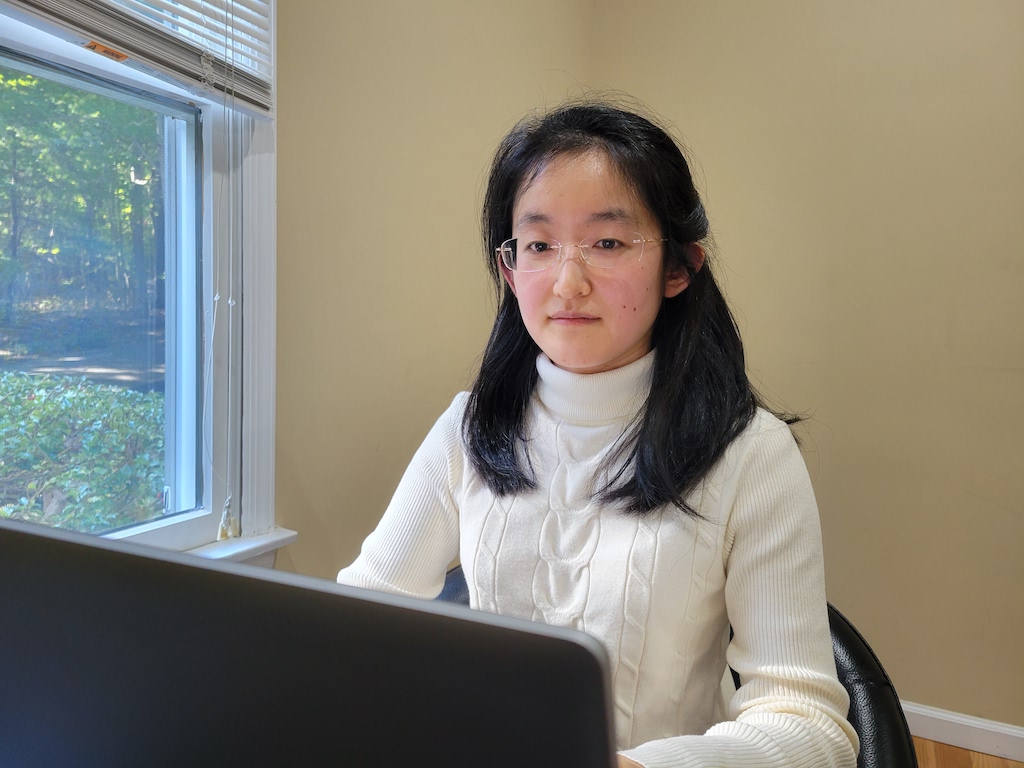 |
| Prof. Yifan Zhou |
Dr. Yifan Zhou joined the Stony Brook ECE faculty as an assistant professor this past
September. Prior to this, she was a postdoc in the ECE department at Stony Brook,
working with Prof. Peng Zhang. She received her Bachelor's degree with the highest
distinction in 2014 and her Ph.D. degree in 2019, both from the Department of Electrical
Engineering at Tsinghua University in China, a world-wide top university.
Her research focuses on learning-based, verifiable smart grids, which collaboratively
integrates (1) machine learning, (2) quantum computing, and (3) formal verification
for enabling intelligent, resilient, adaptive, and secured power system operations
and supporting extreme renewable energy integration.
RF-based Analytics with Intelligent Backscattering RF Tags
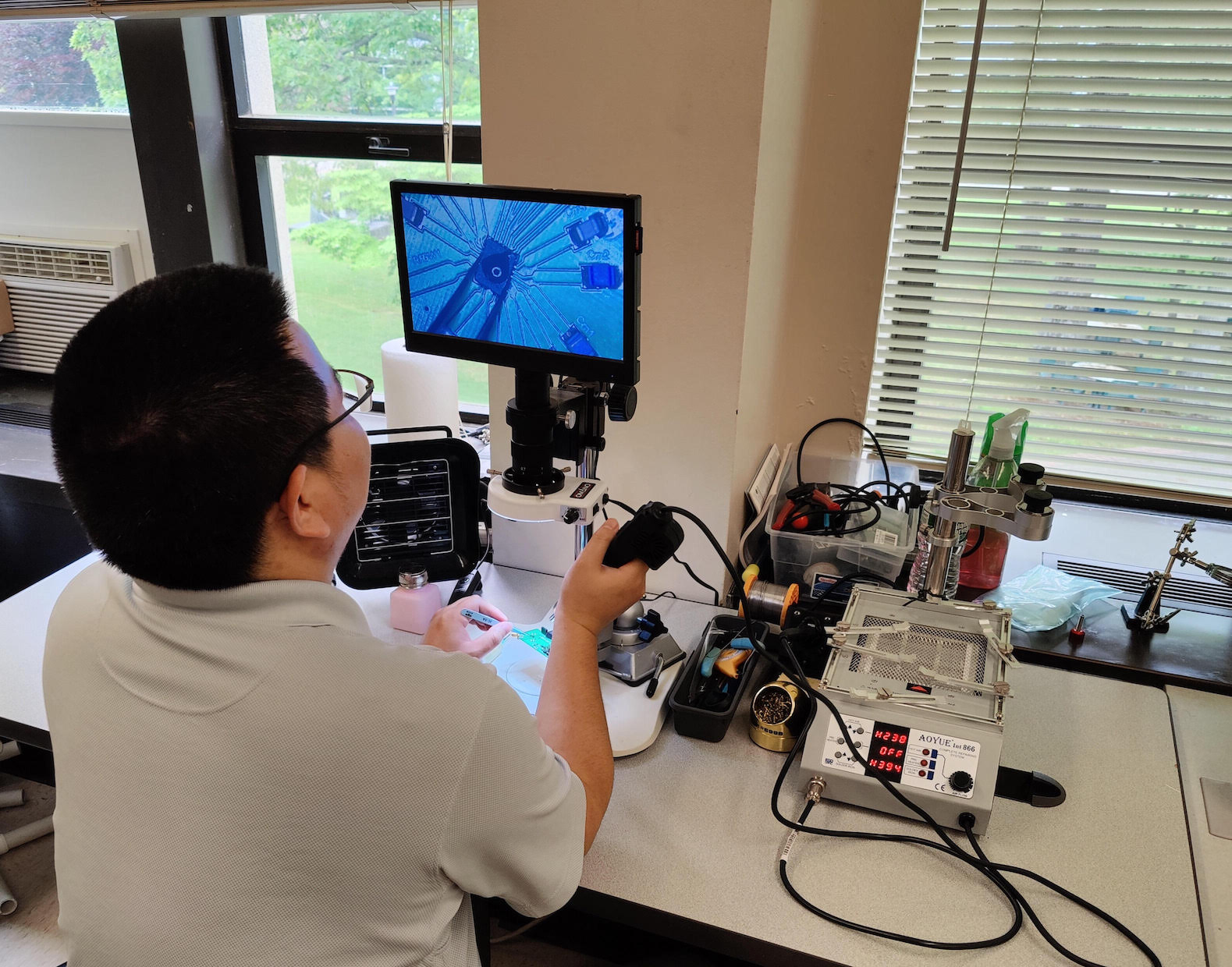 |
| PhD student, Yang Xie, preparing the RF tag for testing |
To fully unlock the potential of the Internet-of-Things (IoT), novel sensing and energy harvesting solutions are needed. Prof. Milutin Stanacevic and a team of Stony Brook researchers he leads are developing RF (radio frequency)-based sensing technology to cyber-enable (i.e. computerize) our physical environment. The technology is based on the tiny battery-less RF tags attached to objects or integrated into structures. These RF tags will be able to sense activities and interactions among various entities around them, both tagged and not-tagged. This enables applications such as fine grain tracking of human movements, activity and gesture recognition, human-object interactions and structure monitoring. These capabilities in turn will provide an ability to query and reason about the environment in order to infer a wide range of analytic information. All of this will be achieved without the occupants (humans) within the environment having to carry or wear any devices (device free).
A Rapid Breath Test for COVID
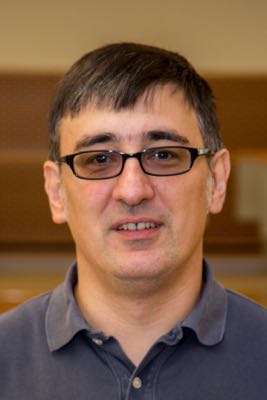 |
| Prof. Milutin Stanacevic |
In an exciting development, Prof. Milutin Stanacevic of the ECE dept has collaborated with faculty researchers from The Ohio State University to produce a rapid breath test for COVID that is shown in a recent study to be highly accurate for critically ill patients. Future studies will look at the effectiveness of the breath test in less seriously ill patients and also look at its effectiveness in detecting other diseases/infections. Stony Brook University ECE graduate student Yasha Karimi was instrumental in the development of the device.
At Spellman’s Stony Brook Lab, Everything’s Under Control
 |
| Prof. Fang Luo |
Prof. Fang Luo joined the Electrical and Computer Engineering Department a short time ago and has established a very active research program on the next generation of power electronics. This effort has been greatly enhanced by Prof. Luo teaming up with the Spellman High Voltage Electronics Corp., a regional manufacturer of custom high voltage power systems.
Taking the Pulse of Power Systems utilizing Photovoltaic Generated Electricity
  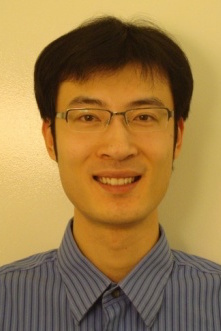 |
| Left to right: Prof. Peng Zhang, Prof. Xin Wang, and Prof. Yue Zhao |
Photovoltaic electric power generation is becoming more and more common and its use is likely to grow as time goes on. However operators of electric power systems with a large photovoltaic component have a hard time predicting the behavior of the power systems. There is an urgent need for effective and accurate transient (i.e. short time frame) and dynamic (as it happens) simulation methods for power systems with high photovoltaic penetration. A team involving Stony Brook faculty Prof. Peng Zhang, Prof. Yue Zhao and Prof. Xin Wang, and post-doc Yifan Zhou recently received a major US Dept. of Energy award to fulfill this need.
Creating a More Resilient Energy Grid Through Artificial Intelligence

Stony Brook University professor Peng Zhang, a SUNY Empire Innovation professor in the Department of Electrical and Computer Engineering, is leading a statewide team of collaborators in developing “AI-Grid,” an artificial intelligence-enabled, autonomous grid designed to keep power infrastructure resilient from cyberattacks, faults and disastrous accidents.
The work is part of the National Science Foundation’s (NSF) Convergence Accelerator Program, which supports and builds upon basic research and discovery that involves multidisciplinary work to accelerate solutions toward societal impact.
Preventing Unwanted Reverse Engineering of Microchips
Prof. Emre Salman and doctoral candidate Ivan Miketic recently published a unique obfuscation technique to make digital computer chips more resistant to reverse engineering. Why is this important? One of the key security issues for chip design companies is reverse engineering. Reverse engineering involves several physical attacks to the chip to regenerate the circuit netlist. The “netlist” is the description of a circuit including the gates, inputs, outputs and their interconnections. Once the netlist is obtained, counterfeit designs that are not authentic can be fabricated. This is typically referred to as Intellectual Property (IP) theft. Reverse engineering poses a significant economic risk to the semiconductor industry due to lost profits and reputation. It also presents a considerable risk to consumers and private data.
Reducing Ocean Acidification and the Atmospheric Carbon Dioxide Concentration
Continually increasing carbon dioxide concentrations in the atmosphere have already led to changes in the climate as well as the acidification of the oceans. This increased acidity of the oceans is analogous to a slow motion “spill” of acid. And just like we clean up after oil spills, we need to clean up this acid spill as well.
The approach of ECE’s Prof. Matthew Eisaman and a team of researchers, called SEA MATE, which stands for Safe Elevation of Alkalinity for the Mitigation of Acidification Through Electrochemistry, uses carbon-free electricity and electrochemistry to effectively pump this excess acid out of the ocean and then sells the acid for useful purposes. This acid removal restores the ocean chemistry such that the remaining ions in the ocean react with atmospheric carbon dioxide, safely locking it up for 10,000 – 200,000 years as oceanic bicarbonate. So the net effect of SEA MATE is the reversal of ocean acidification along with the net removal of carbon dioxide from the atmosphere.
Machine Learning Methods for Revealing the Wellbeing of Fetuses and for Understanding Consciousness
Prof. Petar Djuric, colleagues, and students have been looking at two health related topics with an emphasis on artificial intelligence and machine learning techniques. Here we look at two very interdisciplinary projects.
The first is “Rethinking Electronic Fetal Monitoring to Improve Perinatal Outcomes and Reduce Frequency of Operative Vaginal and Cesarean Deliveries.” The main objective of the research is to use recent breakthroughs in machine learning to develop predictive analytics to support and improve the interpretation of electronic fetal monitoring data in the last couple of hours before delivery.
The second project is “In Search for the Interactions that Create Consciousness.” In this research, Petar and collaborators are looking for the physical footprints of consciousness. They are seeking answers to many questions about its origin and nature. What parts of the brain give rise to consciousness? What are the minimal neuronal mechanisms that are sufficient to generate consciousness?
Navy Funds Prof. Yacov Shamash's Research to Enhance Energy Resiliency
Stony Brook researchers, in collaboration with the University of Massachusetts Lowell, will be investigating ways to make energy generation, storage and system operation more efficient, reliable and resilient, particularly in microgrid settings such as shore-based environments, under a new program funded by the United States Navy Office of Naval Research. The Navy grant, totaling $7.36 million and shared equally between the two institutions, will run through Fall 2022.
Technology to Help Older Adults Age in Place
A group of forward looking faculty and students at Stony Brook, including Prof. Fan Ye of the Electrical and Computer Engineering department, is developing an almost magic like sensing technology that can revolutionize the way the health conditions of older adults at home are monitored.
The technology can sense the vital signs and physical activities of multiple people in a room/home using different types of sensors, customized hardware and advanced algorithms. The system is completely non-touch (no wearables such as wrist bands or watches). Deployed in a home, it could detect changes in the residents’ health and provide data and notifications to doctors, nurses, family members and even 911. Thus it can enable the early detection of disease onset and early intervention to prevent severe deterioration. This translates into aging in place with dignity and quality of life.
It's All About Time (Series!)
Time series are a statistical workhorse of today’s economy and technology. What is a time series? It is simply a sequence of data indexed by time. Examples of time series are daily stock prices, hourly temperature readings, the pressure readings in an industrial process by the second, and the number of calls per minute in a telephone exchange. In a more general form, it can be a sentence in natural language or a set of processes of a system. As the types of sensing devices grow, there is an increasing demand to model the statistical relationships from a large amount of high-dimensional (i.e. many variables) sequential data. Professor Xin Wang leads a group of PhD students and post-doctoral researchers in Stony Brook’s Electrical and Computer Engineering department who seek to develop fundamental machine learning and data processing techniques to more accurately model time series data, as well as advance the understanding of images and video.
AI & Bayesian Inference for Complex Systems
We recently spoke with Mónica Bugallo to learn how she uses AI in her research. Bugallo is a professor in the Department of Electrical and Computer Engineering in the College of Engineering and Applied Sciences (CEAS), Associate Dean for Diversity and Outreach for CEAS and Faculty Director for the Women In Science and Engineering (WISE) Honors program.

